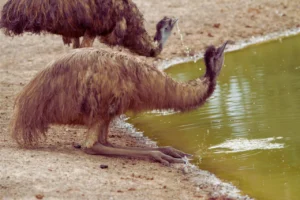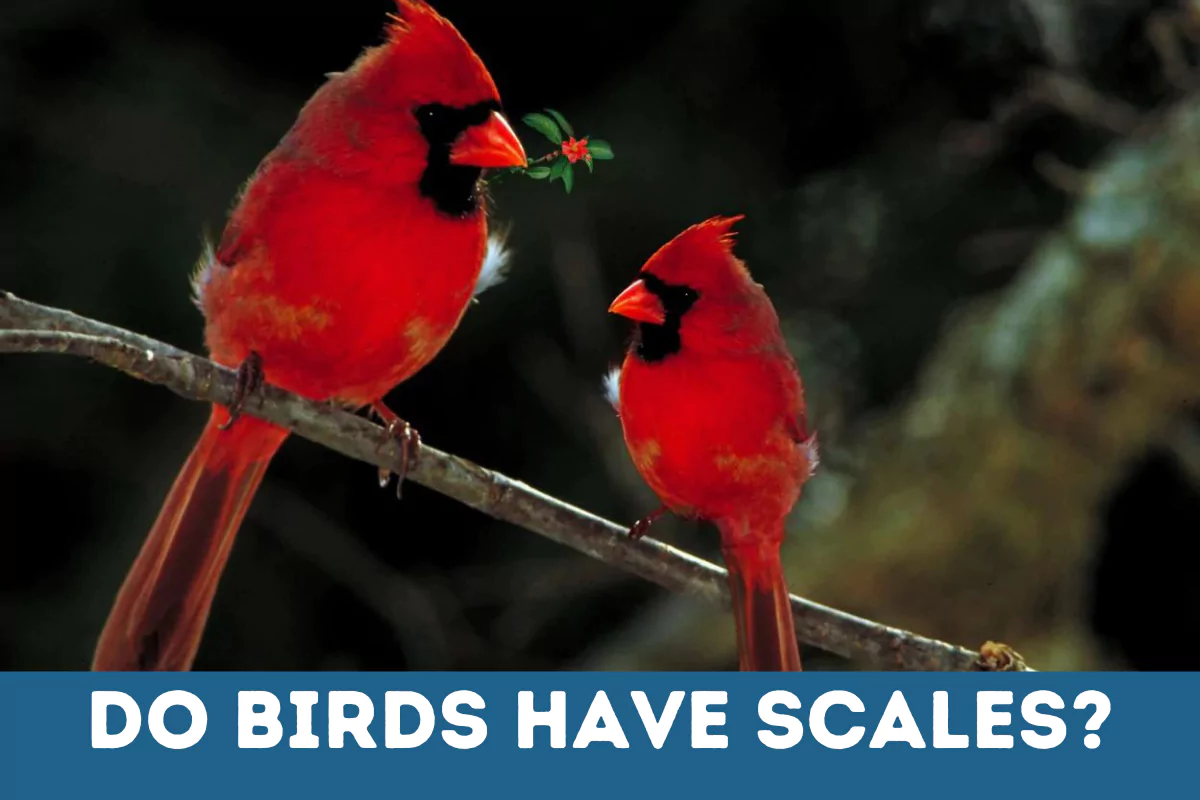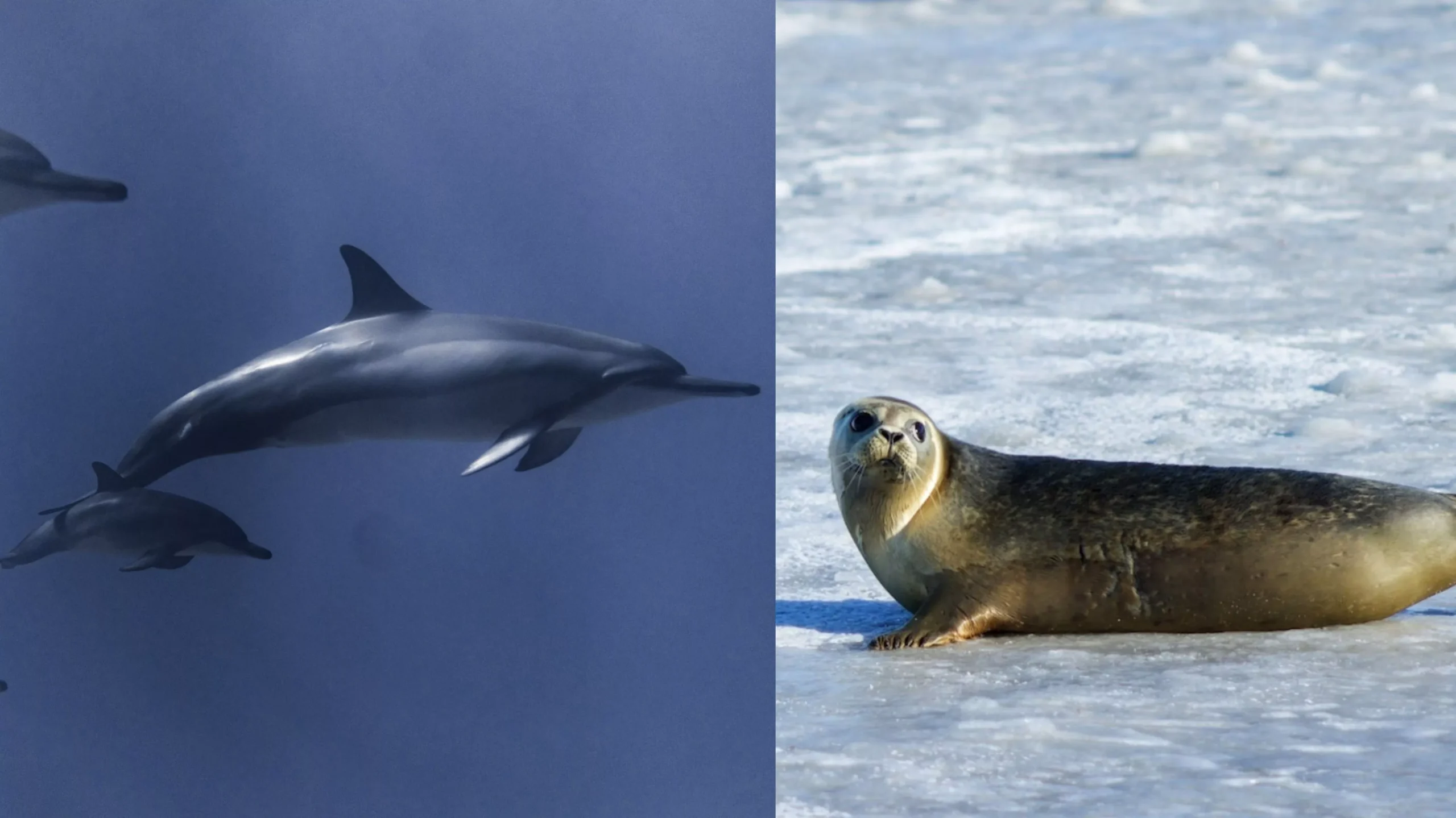Birds. From the majestic eagle gliding through the skies to the tiny hummingbird hovering over vibrant flowers, these extraordinary creatures never fail to mesmerize us. With their diverse forms, sizes, and hues, they possess distinct characteristics that distinguish them from other animals.
Birds have a unique covering that often takes center stage in discussions about avian biology — feathers. However, beneath these feathery wonders lies an intriguing question that stirs the curiosity of many nature enthusiasts: Do birds have scales?
Generally, scales are attributed to reptiles and fish, but could these seemingly unrelated groups share this characteristic? In this article, we will explore the surprising connection between two distinct animal groups and unravel the mysterious relationship between feathers and scales in avian evolution.
Do Birds Have Scales?
Birds have scales, but they are not actually scales. They are highly modified scale-like feathers called scutes (the scale-like formation on their legs and top of their feet) and reticulae (the rounder “scales” on the bottom of their feet), not true scales.
All vertebrates (animals with a backbone) are covered in skin, fur, feather, or scales. While most mammals have fur (skin) and hair, reptiles are covered in scales.
Though both scutes and scales perform the same function, one major difference between them is that scales usually overlap while scutes typically do not. Also, while bird scutes are composed entirely of alpha keratin, true epidermal scales are formed from a mix of alpha and beta keratin.
Did Feathers Evolve From Scales?
Scientists opine that these “reticulae” appear when the gene for feather development in birds is suppressed during the early stages of development.
According to a theory, feathers originally evolved from scales on archosaurs for insulation. Over time, these feathers became more complex and eventually developed into the feathers found on birds today.

Why Do Birds Have Scales On Their Legs?
Birds have scutes on their feet to shield them and prevent them from losing water from their bodies. They also aid in gripping different objects like branches, boulders, etc.
Also Read: Do Ostriches Spit?
Are Feathers Similar To Scales In Any Way?
Feathers and scales are made of the same compound called keratin, but they have different purposes and distinct structures.
Interesting Fact: Though feathers are lightweight, their collective weight can be more than a bird’s skeleton because birds have hollow bones.
Conclusion:
Understanding the unique adaptations in birds can be complex. Often, only feathers come to our mind when considering bird flight, but we must also know about other important features.
For instance, the presence of scales (scutes) on a bird’s legs and feet serves multiple purposes. They protect against injury during landing or takeoff and aid in gripping surfaces such as branches or rocks. They also help regulate the temperature by minimizing heat loss through the legs.
Studying and understanding these unique adaptations allows us to appreciate bird species’ diversity and complexity.
Until next time!!







